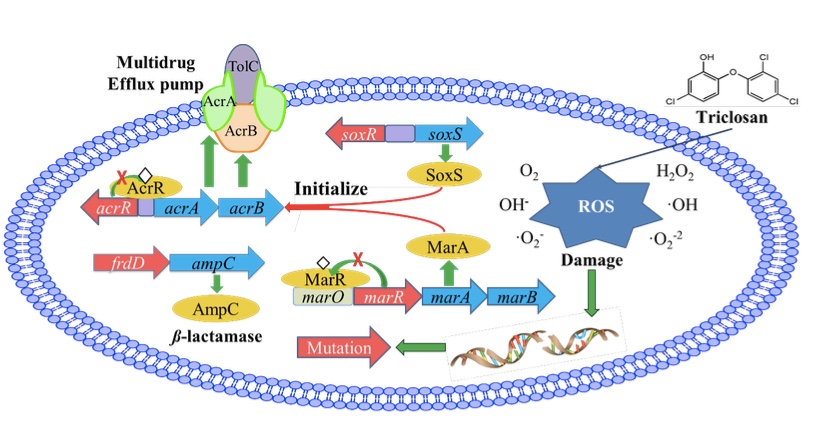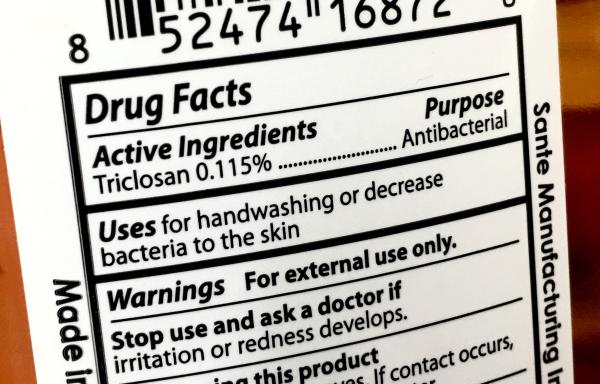Antibiotic resistant bacteria are nothing short of a massive public health threat. By massive, we mean 700,000 deaths from antimicrobial-resistant infections per year.
We know that more antibiotic use means more resistance. In an effort to try to change the course of this ship that is heading straight into the eye of the storm, some restrictions have been put on certain antibiotics in the last year or two in both clinical settings and agriculture.
With much of the focus on the negative effects of antibiotics themselves, a research group in Australia sought to understand the effect that non-antibiotic, antimicrobial (NAAM) chemicals have on increasing antibiotic resistance. An unknown question has been if these NAAM chemicals can directly induce antibiotic resistance. NAAM chemicals are used in much larger quantities than antibiotics, resulting in higher levels of NAAM chemicals in the environment.
One of the more infamous NAAMs is Triclosan (TCS) which was present in many (over 2000) over the counter antimicrobial products before its use in hand soaps was banned by the Food and Drug Administration (FDA). It can still be found in products, primarily in toothpaste.
In order to test whether TCS can increase levels of resistance in bacteria, the team looked at TCS's effects on wild-type Escherichia coli at levels that are both too low to kill the bacteria but that are environmentally relevant. At this concentration (0.2 mg/L) TCS induced multi-drug resistance in wild-type E. coli after 30-day TCS exposure.
How does Triclosan induce antibiotic resistance?
TCS causes something called oxidative stress on the bacteria that are exposed to it. This stress, in turn, results in genetic mutations in multiple genes. Some of those genes, such as fabI, frdD, marR, acrR and soxR, are involved in antibiotic resistance. Therefore, when the expression of these genes is changed, the result is the ramping up of such well known antibiotic resistance mechanisms in the cell such as beta-lactamase and multi-drug efflux pumps. The way this is thought to occur is illustrated in the model below. These findings suggest that the role of NAAM chemicals in increasing antibiotic resistance may be worse than originally thought.

Source: Ji Lu et al. Non-antibiotic antimicrobial triclosan induces multiple antibiotic resistance through genetic mutation bioRxiv 267302; doi: https://doi.org/10.1101/267302 *This article is a preprint and has not been peer-reviewed




